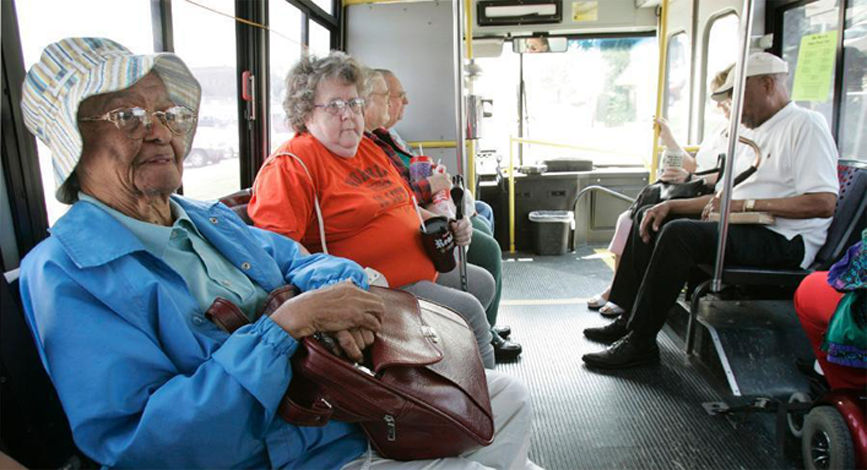Anna
Anna is a long-time, Buffalo-born resident. She lives alone in a two-bedroom home in Buffalo. She values the amenities her neighborhood offers. Anna’s only son lives across the country. She speaks with pride about his career.
Anna has relatives in the area but does not see them much. “They are busy; they have their own families.” Few of them know about the day-to-day challenges Anna faces with tasks like making the bed or grocery shopping. With two bad shoulders from decades in a physically demanding job, Anna uses a walker to get around. “I’m very independent. If I can’t do it, I will go without.” She is now in her 80s. She still drives, but her car is getting old. Her significant other left her the car. She inherited another from him too, but she sold it to pay for home repairs.
These days her budget for home repairs is slim. “My fridge is breaking down….my home needs electrical work that I can’t afford.” Anna lives on Social Security and a small pension that purchases health insurance to supplement Medicare. Even with good coverage, medical expenses consume a large part of her budget. She has about $300 in unpaid co-pays. She wishes she qualified for Medicaid and the coverage it provides for dental and eyeglasses. Her insurance does offer six hours a week of in-home assistance, but she doesn’t tell anyone she still drives. “I wish I could get help without restrictions. There is nothing available for people unless they are an invalid.”
“I’m very independent. If I can’t do it, I will go without.”





